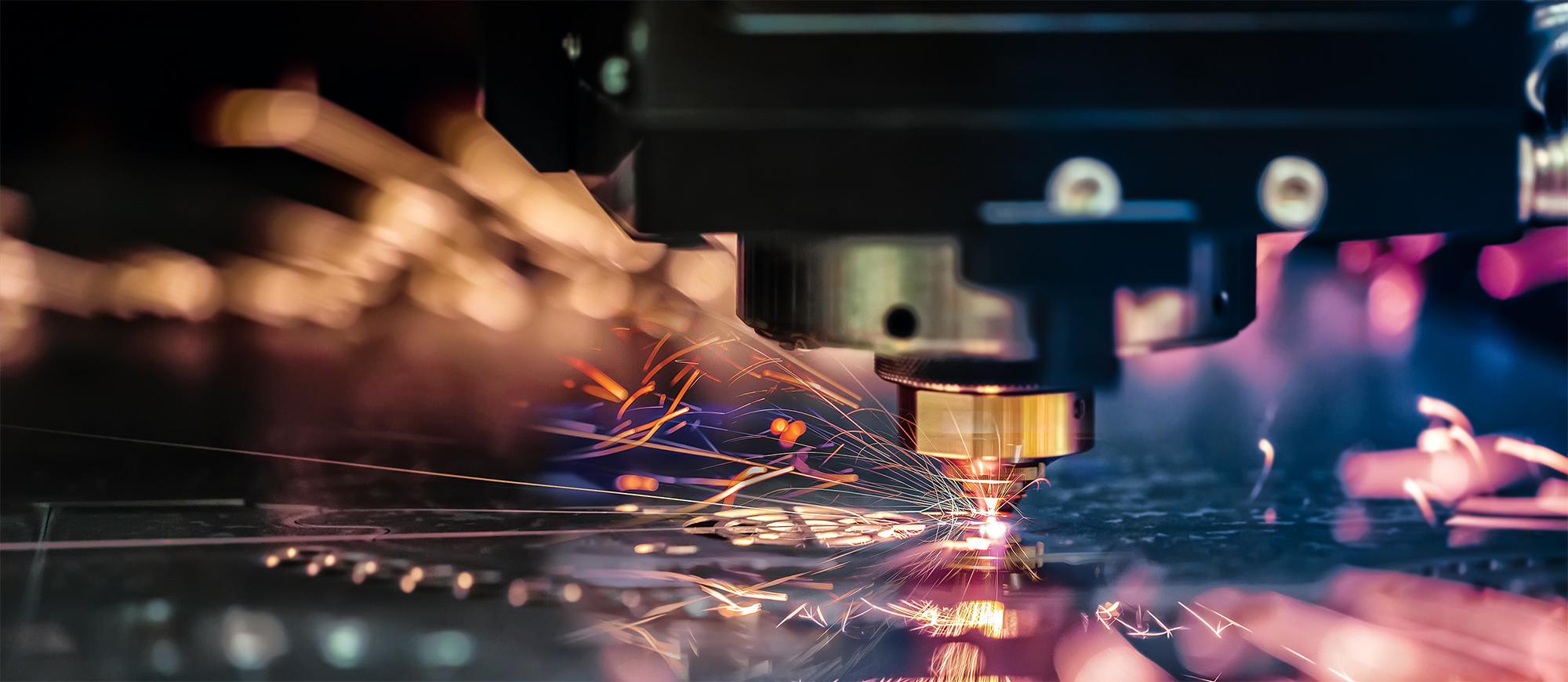

Posted: Jul 6, 2022
Lasers are a popular choice for short-run stampings or more precise parts. While lasers in many ways make manufacturing simpler, there are some unique considerations you need to make before designing a part for laser cutting.
In addition to production economics, precision, and edge condition, consider these characteristics of laser-produced parts in your design process:
Lasers cut by melting or vaporizing metal. This can create problems when cutting heat treatable materials as the area around the part will become case hardened. Laser cut holes in stainless steel or heat treatable steel alloys which require machining (tapping, countersinking, or reaming) can be particularly troublesome. By the same token, designers can employ this characteristic to their benefit when a product must be case hardened for wear resistance.
The laser is most accurate where the coherent light beam enters the workpiece. As the beam penetrates the part, the light scatters creating an edge taper condition similar but opposite from “breakout” in a sheared or pierced part. (The hole on the side of the workpiece from which the laser beam exits is generally smaller in diameter than the entrance side).
Thus the designer must carefully consider the final use of the part and, in some cases, may have to specify from which side the part should be cut.
The cutting laser beam is focused down to approximately 0.010 in. (0.2 mm) and is therefore capable of cutting holes and features with radii approximating 0.030 in. (0.76 mm). The limits applicable to piercing or blanking with a punch and die, such as the relationship between minimum hole size and material thickness, or the minimum distance between features to avoid distortion, do not apply when laser cutting.
A micro-tab holds the part in the sheet while processing. Generally, the micro-tab is removed following processing; however, the tab can be strategically located so removal is not necessary. This results in a cost savings of time and labor. Typically, micro-tab sizes range from .25mm – .5mm.
Since no mechanical force is applied, the width of material remaining between cutout features may be very narrow without distortion occurring during metal removal. A typical application would be tight spaced venting slots on a visually important surface.
Want more information on lasers and all things metalforming? Get your FREE copy of the signature Dayton Rogers Red Book (2018 Metalforming Design Handbook: Cost Effective Design Principles). This powerful book is your resource for all things metalforming and stamping.
Dayton Rogers is your trusted resource for sheet metal fabrication, metal stamps, metalforming, and all your manufacturing company needs. Get a free quote today on your custom metal fabrication project.